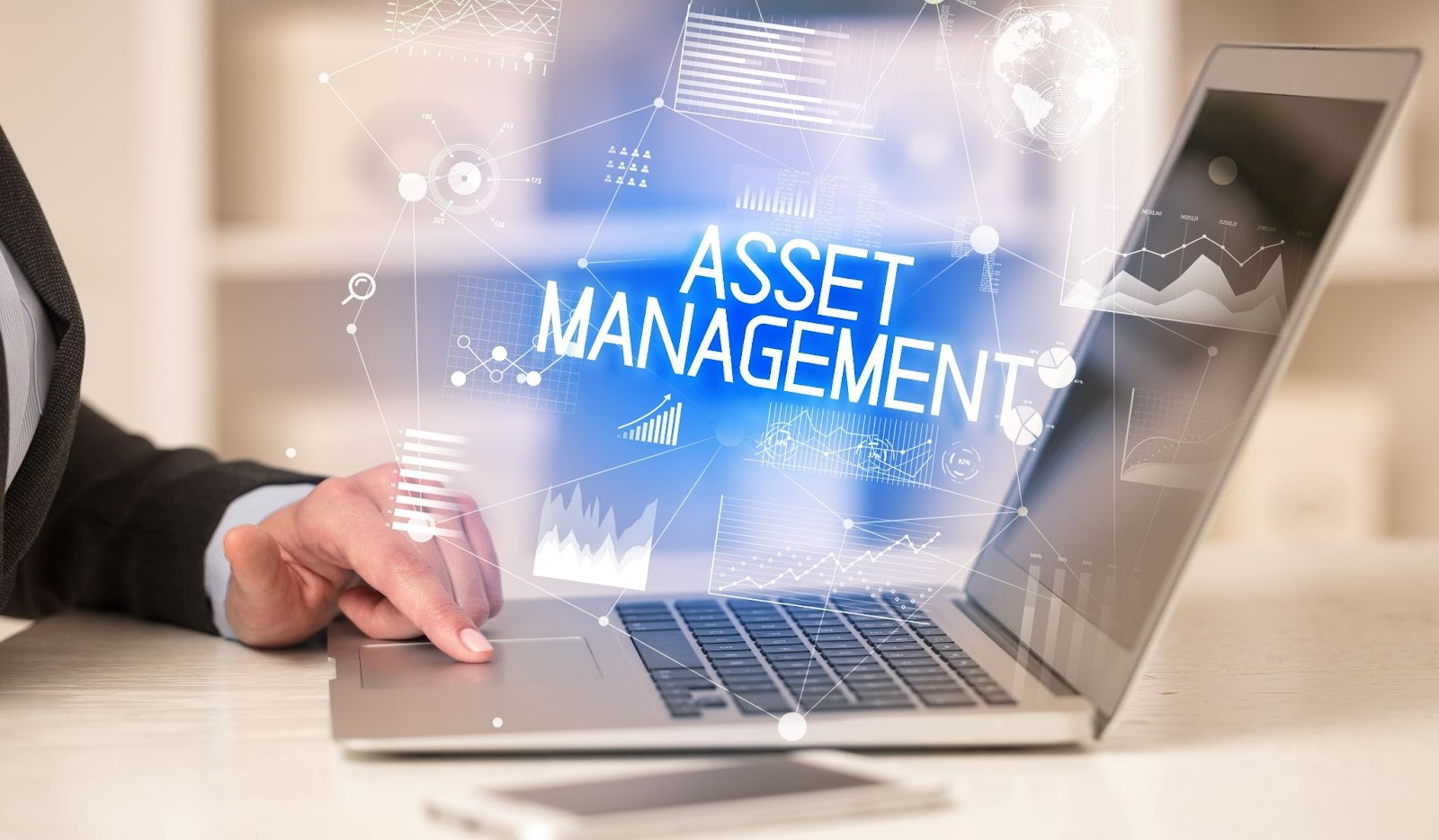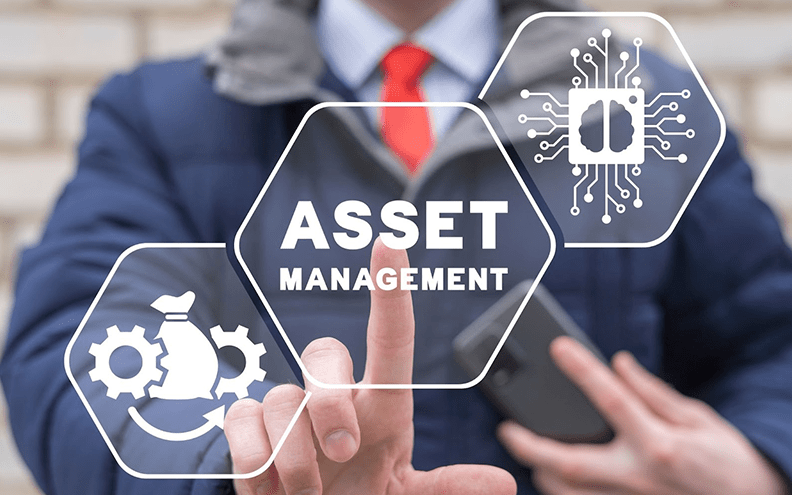Artificial Intelligence in Asset Management offers innovative asset inventory, allocation, and lifecycle management solutions. By automating repetitive tasks, enhancing decision accuracy, and predicting maintenance needs, AI significantly improves efficiency, reduces costs, and increases project accessibility. As AI continues to evolve, its integration with other advanced technologies promises future productivity, sustainability, and safety in asset management.
Proper management of buildings and other infrastructures during every phase of their lifecycle, from construction to operations and finally to the facility’s deactivation, is essential to delivering Improved Performance, Sustainability, and accidents-free zones that help workforces enhance their productivity without being impacted by outages and incidents that can hamper it.
Even today, asset management in many places – including large corporations, townships, & municipalities – has been done on an ad-hoc basis by planners & implementers. This is primarily done based on historical data and knowledge built on previous information. The problem with this is that we use the past to determine the future, which is not just ever-changing but also rapidly transforming due to the technological advancements and innovations revolutionizing how we work & interact with our environs and others around us. This method is sluggish and can also be exposed to unforeseen human errors since they do not incorporate new data sets that need to be considered, for example, the impact of global warming or the urgent need to work with cleaner environmental norms. This change has to be incorporated into how we manage assets since the requirements of our infrastructure network are constantly growing.
AI can overwhelm us or be our best ally. In asset management, AI is finding its way into infrastructures—from the conceptualization and design stage to the construction and project management stages—and it can potentially elevate strategic asset management a notch higher than ever.
Asset Management – The next AI frontier
Asset management entails proper management of tangible resources within projects, from procurement to use and even disposal. Proper asset management ensures that the lifetime usage of the asset is optimal, the costs involved in using the same are minimal, and the output is maximized. This is critical not just for project implementation success but also for project management and facilities management over decades. No wonder, with such future planning needed, AI has a predominant role to play in asset management.
Traditional Asset Management Approaches and Limitations
Traditional Approaches
- Fundamental Analysis: Based on the physical condition, expected life span, market demand, etc., can be assessed by the intrinsic value of assets.
- Technical Analysis: It uses historical data and the latest trends to predict future asset performance and maintenance requirements.
- Modern Portfolio Theory (MPT): To achieve optimal resource allocations and profitability, it provides risk management and return across a portfolio of projects.
Limitations of Traditional Approaches
- Data Limitations: Reliance on fragmented and static data sources that may not provide real-time insights necessary for proactive decision-making.
- Emotional Biases: Decision-making is influenced by subjective factors rather than objective, data-driven analytics, leading to suboptimal outcomes.
- Time Constraints: Delays in data processing and analysis can impact the ability to respond swiftly to project challenges and opportunities.
- Limited Scalability: Due to this, it is difficult to manage large volumes of assets efficiently across multiple projects and sites without compromising quality and safety standards.
The Role of AI in Asset Management
AI uses machine learning, computer vision, and NLP to manage big data, provide insights regarding assets, and enable automatic dissemination of such insights for decision-making. AI technologies are revolutionizing asset management by addressing these limitations through advanced capabilities and help in:
- Inventory Management: AI has the power not just to use automated systems that control the buying of the necessary materials but, based on the identification of the consumption patterns, also significantly bring down asset purchase costs.
- Allocation Management: An asset may be used at multiple locations – within the same project or at a different site – and AI can help plan the same by working on complex algorithms that include other assets to ensure the highest productivity.
- Portfolio Management: AI implies considering project information and risk factors, tendencies in the market and their impact on the portfolio to allocate resources appropriately and generate profit.
- Predictive Maintenance: AI algorithms incorporate the real-time sensing data of equipment to forecast the maintenance requirements to minimize unnecessary equipment breakdowns that reduce the asset’s availability and longevity.
- Asset Lifecycle Management: Beginning with physical infrastructure development up to the operation, maintenance, and even deconstruction of the project, AI is vital in the management, optimization, and adherence to various legal and social compliance needs for the efficient use of assets.
Benefits of AI in Asset Management

The adoption of AI in asset management offers a multitude of benefits:
- Enhanced Efficiency: Here, repetitive tasks and workflows are automated, leading to enhanced efficiency of project delivery by cutting down on the time needed to complete various projects and their post-live operational costs.
- Improved Accuracy: Business intelligence through AI leads to accurate analysis and prediction, which helps in decision-making and investment controls.
- Cost Reduction: Costs consist of operational aspects such as energy usage, human labor, and materials utilized in operational processes, including predictive maintenance and efficient resource utilization.
- Increased Accessibility: Project real-time data availability and openness improve project management and coordination throughout its life cycle.
- Superior Performance: AI drives better quality and safety by providing real-time monitoring and intervention when great concern is needed.
- Enhanced Decision-Making: Data enables the stakeholders to be informed and make decisions at the right time by changing the project plans and markets.
- Adaptability to Change: This flexibility means that the application of AI technologies is possible irrespective of the project phase, its complexity, the changing demands placed on projects, and the regulatory environment requirements, which makes such projects more resilient and sustainable.
- Improving Overall Equipment Effectiveness: AI continuously tracks equipment parameters and predicts device malfunctions, suggesting proactive procedures to increase efficiency and decrease expenses.
- Client Service and Personalization: With the help of AI, all services can become highly personalized, catering to the unique needs & requirements of various clients or users (even within the same building complex). AI can help manage multiple projects simultaneously and learn from one another to rectify errors, forecast errors & rectify them while collating all this knowledge in the system that can be effectively used to offer better services/personalization while planning new projects, thereby ensuring client delight and loyalty.
The Future of AI in Asset Management
AI offers substantially greater prospects for the continuous evolution of asset management practices by expanding its compatibility with other advanced technologies in the future. These innovations will build integrated environments in which key stakeholders increase productivity, sustainability, and safety throughout the project’s life cycle.
OnIndus – Our Approach to AI and How We Use it to Help our Clients
OnIndus offers industry solutions with a focus on implemented AI technology. Asset management experts like us allow companies to harness AI technologies best and ensure the efficient management of projects, increased productivity, and compliance with set advanced requirements.
OnIndus Relay
OnIndus Relay is an AI-driven chat platform designed to transform data challenges into actionable insights. It allows users to query project-related information such as cost, schedule, and project health, providing instant responses. This tool is ideal for project managers, leaders, and owners seeking rapid and accurate data for informed decision-making, enhancing efficiency in resource management, and predictive analysis.
OnIndus Dashboard Kit
OnIndus Dashboard Kit simplifies complex reporting with pre-built dashboards for instant project overviews, real-time data for immediate decisions, through user-friendly interface. It highlights key metrics, offers drill-down capabilities, and sends automated alerts for potential risks. With rapid implementation in just a week, it minimizes disruption and maximizes ROI, streamlining reporting and enhancing project management.
Related: OnIndus Dashboard Kit Simplifies Data Analysis with Business Brilliance
OnIndus ESRI
OnIndus ESRI addresses difficulties in visualizing complex infrastructure data, making accurate location-based decisions, resource allocation, security threats, and environmental monitoring. Along with this it helps the industries in better decision-making, cost savings, enhanced collaboration, better customer experience, regulatory compliance, and innovation through advanced data visualization.
These tools demonstrate our capacity to deliver power-packed solutions. OnIndus successfully aligns the concepts of innovative technology with the real-life applications, enabling project teams to reach operational excellence and surpass project goals.
Conclusion – The Future of AI in Asset Management – Intriguing
AI signifies a revolution or a transition in the asset management method that can open vast windows of opportunities for innovations. Through the leadership of AI technologies, the asset management industry can work out intricate issues and solve them, reduce risk factors, and establish a world where each project plays a role in constructing a good ecosystem for the world.
At OnIndus, we firmly believe that AI holds the key to unlocking a new era of efficiency, resilience, and sustainability in asset management, and we are committing to working in this direction with complete dedication. If this intrigues & interests you as well, reach out to us to learn how we can help you leverage AI and build a smarter asset future.
Explore our other articles on Artificial Intelligence:
1. Optimize Project Management by Adopting Artificial Intelligence & Stand Out!
2. AI in Change Management: Initial Insights, Challenges, and Opportunities
3. Will AI Replace the Project Managers?
FAQs
Q: What are the core benefits of using AI in asset management?
The use of AI optimizes processes, increases the effectiveness of decisions made, and saves time and money, which leads to better decisions in asset management.
Q: What are some of the concerns about using AI in asset management?
Issues arrayed are data security & privacy, capital investments at the start, AI integration issues, and talent management issues. However, as with all technological advancements, these are being rapidly addressed by policymakers and developers.
Q: How are asset managers currently using AI?
In projects, AI is used for planning just-in-time asset purchases, predicting and scheduling their allocation, maintenance, associated resource utilization, safety, and quality issues across multiple projects.
Q: What are the prospects for AI in asset management?
As technological advances continue to impact and enhance the construction industry and the infrastructure needs to keep growing at a frenzied pace globally, the use of AI in asset management is expected to be critical. Whether it comes to construction planning and implementation or ensuring sustainability in projects over time, AI can be a key player in almost every aspect of asset management.
Q: Are there any regulations around the use of AI in asset management?
With new advancements will come new regulations – that’s the norm for almost everything new that is ever created, right from the birth of the automobile over a century ago to the AI that is the force of the future. While new requirements are already being introduced to legitimize data collection, use, and interpretation and prevent adverse outcomes in practices regarding AI use, this is still a new space. Any regulations are bound to positively affect the responsible usage of AI tools and their impact on humans. As is the adage, “With great power comes great responsibility” – the ultimate truth must drive us all to adopt AI.

